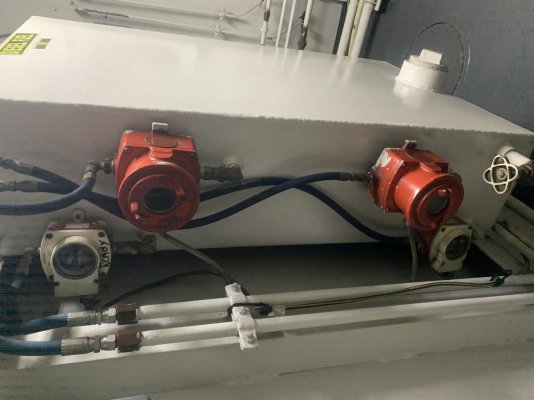Mike GB32
Senior Member
Hello
I'm in the process of installing a day tank in the fuel system on my Grand Banks 32. I would like to have a level switch to fill the tank automatically. I've been looking at multi level reed switches with a manual override. Seems like the way to go but a little pricey so I thought I'd pose the question- Has anyone done this and had a good outcome with a different switching approach?
I'm in the process of installing a day tank in the fuel system on my Grand Banks 32. I would like to have a level switch to fill the tank automatically. I've been looking at multi level reed switches with a manual override. Seems like the way to go but a little pricey so I thought I'd pose the question- Has anyone done this and had a good outcome with a different switching approach?

